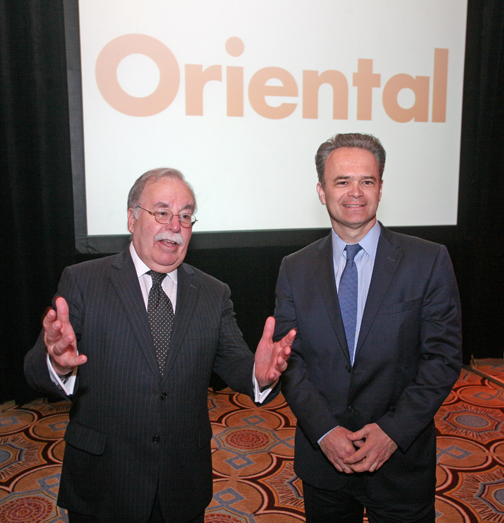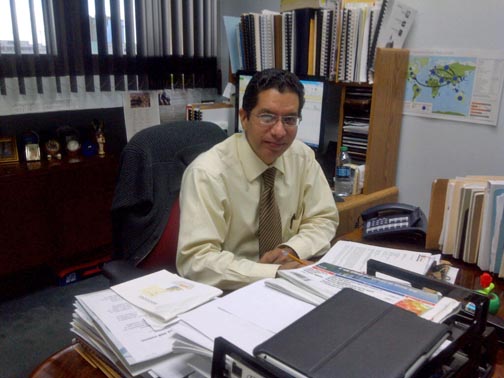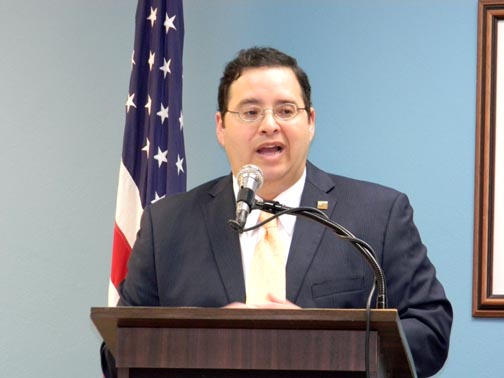
Puerto Rico’s executive branch has the necessary staff, resources and commitment to take over managing and resolving the island’s fiscal issues and block out all of the “noise” coming out of the Legislature, veteran Economist José Joaquín Villamil recently said.

Fitch Ratings expects Puerto Rican banks to face continuing operating challenges in 2013, despite recent efforts by those institutions to build capital and de-risk their balance sheets, the agency said in a statement issued Wednesday.

Contrary to expectations of an economic improvement in 2013, some of Puerto Rico’s most prominent economists agree there is little to no growth on the horizon.

Assuming that Puerto Rico’s economy were to grow at an annual rate of 1.75 percent starting in 2014, it would take six years for it to bounce back into pre-recession growth levels, local firm Estudios Técnicos predicted Thursday.

During the past 12 months, Puerto Rico’s economic activity has gained ground, as the recession is no longer deepening. This scenario is in addition to the appearance of the first signs of an early recovery stage — albeit moderate — and seeing the first pieces of evidence indicating that the recession is over.

Fueled by a recovering stateside economy and a string of renewable energy construction projects, Planning Board President Rubén Flores-Marzán said Thursday the island’s economy is improving at “a greater rate than expected,” projecting a 0.9 percent growth for Fiscal '12 that ends June 30.

World economies that are either stagnant or not growing as much as they should need to go back to basics, build upon their resources and take stock of what they have to offer the rest of the planet to be able to move forward.

Puerto Rico’s economy may be showing signs that it is finally emerging from the recession it has been under for the past five years, but conditions still remain difficult for many as the island pulls out of its slump, Federal Reserve Bank of New York President William Dudley said Friday in a presentation during the E-3 Summit of the Americas conference in San Juan.

When Puerto Rico’s current recession started in 2006, it set off one of the most significant migrations of island residents in recent history, with some 37,000 people leaving in search for a better life that year. In the last five years that number has blown up to more than 300,000, the Migrant Profile released by the Puerto Rico Statistics Institute showed on Monday.




NIMB ON SOCIAL MEDIA